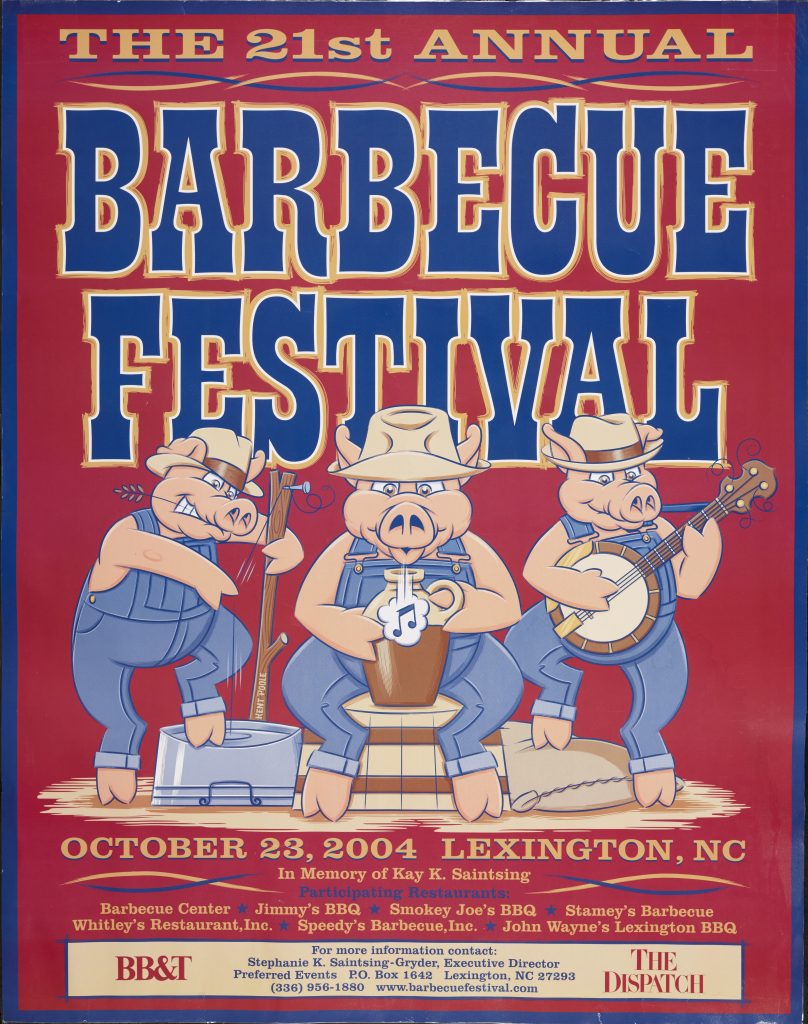DigitalNC is excited to introduce a new primary source set on North Carolina foodways. From world-famous barbecue to special regional dishes like livermush, the Tar Heel State has a unique cuisine that many enjoy. More than being something for consumption, food has deep connections to the cultural traditions and social movements of North Carolina. The North Carolina primary source set explores how food has both influenced and been influenced by the state’s economy, politics, and culture.
Consisting of various written, visual, and audiovisual materials, the North Carolina Foodways set demonstrates key aspects of food history in the state through primary sources. The set also includes sections for context statements, background information, a timeline, discussion questions, and relevant outside resources. Here is a quick look at the North Carolina Foodways primary source set:
North Carolina Foodways
Timeline: 1903-2005
Whether it is barbecue, okra, or biscuits, food represents North Carolina and its people. The rich history and culture of the state are reflected through North Carolina’s unique cuisine, revealing how food plays a role in shaping community, social change, and state identity. Many foods are representative of North Carolina, but barbecue is one of the state’s most popular dishes. While the two main types of barbecue served in North Carolina are often a topic of debate, the beloved pork dish still brings people together through events like the Lexington Barbecue Festival. Similar public events celebrate other North Carolina foods, farmers, and restaurants. Multiple apple-themed festivals are held across the state, and native vegetables like ramps are celebrated in springtime events in western North Carolina. Although food festivals are an important way of bringing communities together, food can also create meaningful connections through the passing down of recipes from family member to family member, or through the creation of community cookbooks.
Food is also linked to North Carolina history and politics. The state has made several foods and food festivals official state symbols (e.g., the Scuppernong grape is the state fruit), but many of the bills introduced to create these symbols have been surprisingly controversial. Food is also rooted in inequality and social change. During the Civil Rights Movement, for example, Black activists like the Greensboro Four sat at “whites only” lunch counters to protest segregation laws in North Carolina and throughout the country.
Teachers, students, researchers, and anyone interested in learning more about the foodways of North Carolina can find the primary source set on our resources page. If you would like to provide feedback on this set or others, please contact us here.



